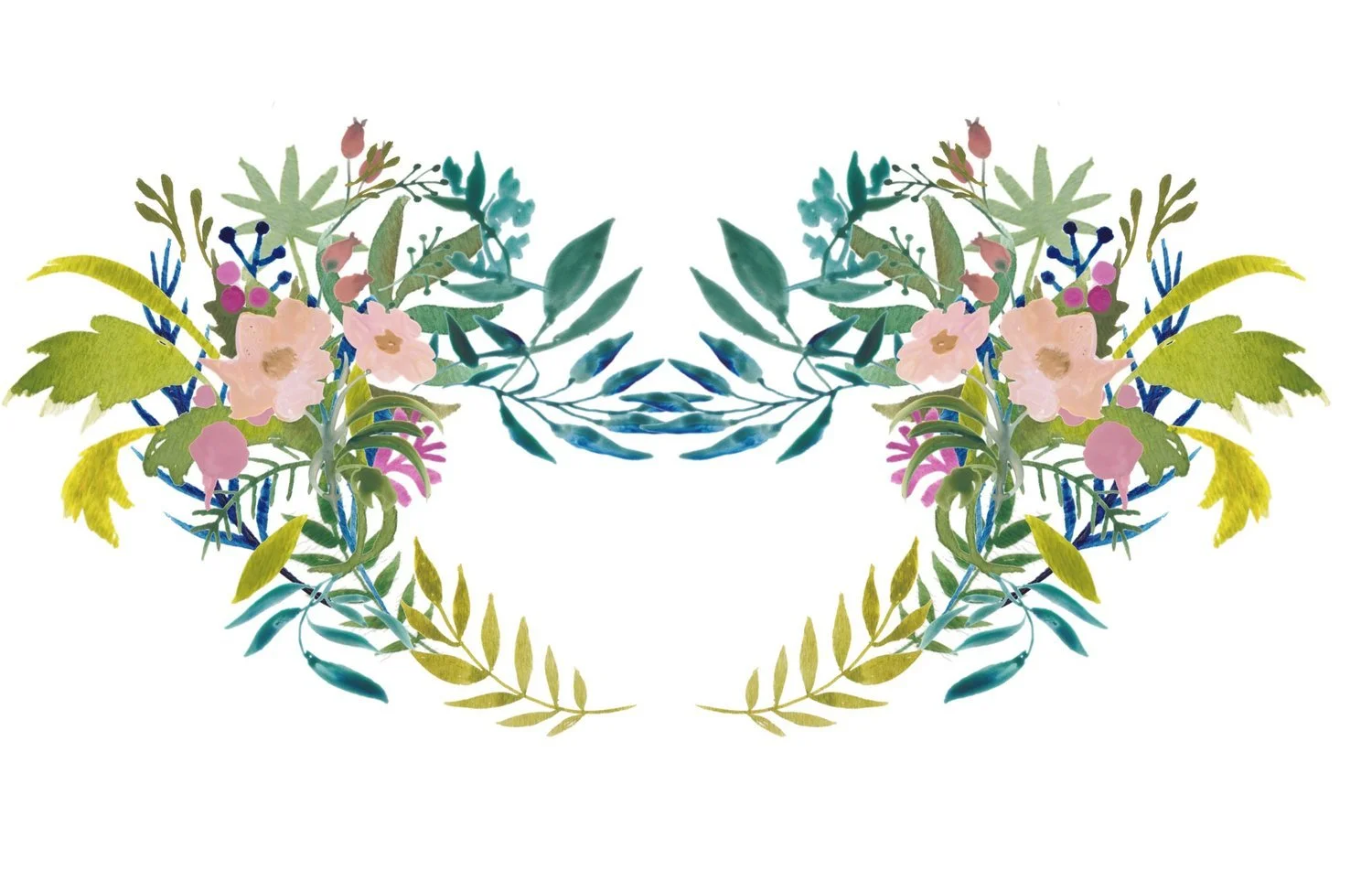your bones are a resource
Photo by Chilli Charlie on Unsplash
Pause for a moment and picture one of your bones. Any bone will do - radius or rib, femur or clavicle - just notice what comes to mind.
Is it clean and white? Brittle and dry? Is the exercise itself a bit baffling?
For a long time, the image I had of bones mirrored the relics I’d find on the beach: desiccated, white, essentially lifeless.
So when I finally studied anatomy and learned that bone is actually bloody, juicy, alive and electric, it changed the course of my life and my work.
Bones aren’t just bloody but the place where blood is born. Even as you read this, the marrow in your bones is producing new blood cells, which feed into your bloodstream through small capillaries.
And because bones are constantly regenerative, they are - in some senses - a little more keyed into present time than, say, your less vascularized muscles or tendons (Remember that time you sprained your ankle in middle school? Your tendons seem to say. We sure do…). Which means that in times of overwhelm, contacting bone can help remind us we’re here.
Imagining bones this way reclaimed my notions of structure itself; instead of a brittle rule, this was living, bendable support, support that is already here for you, that has your back, literally and metaphorically.
Perhaps you might notice how it feels to reimagine your bones not as rigid but supple, how holding this frame invites a different kind of softness and strength.
But the real reason I had such a weepy, visceral reaction to that textbook chapter was that it found me just as I was struggling with an autoimmune disease. Like many folks with chronic illness, I had come to see my own health as a bit of a lost cause, a bit like those desiccated beach relics.
But if bones could be reclaimed as alive and electric, perhaps my own health could too. The realization ignited a different understanding of what inhabiting my body might mean.
Folks who’ve taken embodied writing workshops with me know that I am just the teeniest tiniest bit in love with these themes. And so we often start here, playing with bone as a place of support. As a place we contact what I call the trifecta: we are matter, we do matter, and we are connected to the great mater (the great mother).
Did rediscovering bone make me symptom free and forever buoyant? It did not. But in times of overwhelm, making real contact with bone is a solace and a support, offering a chance, as poet Jane Hirshfield writes, to “begin again the story of your life.”
Image courtesy artist June Glasson and Dr. Liz Simons

